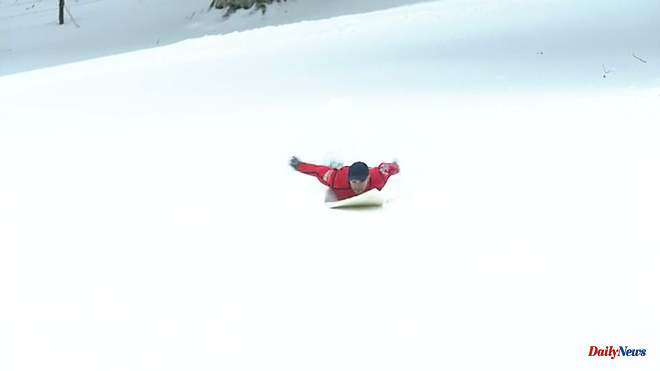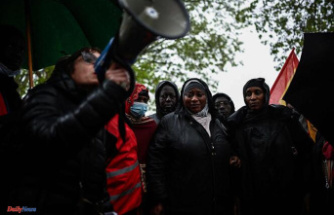The frost that covers the fields is an image that confirms the rigor that punishes towns like Calamocha, in Teruel. "At some point in winter we always get to minus 15 degrees," says one woman. "I went to get the bread at 11:00 in the morning and it was all frozen," another complains. In this area they have suffered the most extreme minimums in the country in localities that are not high mountain.
"In Aralar there hasn't been snow like this for at least 50 years," says a man who returns from a walk through the woods in this area of Navarra. On its slopes even the surfboard is used to slide. In Salvatierra (Alava), the thermal sensation is -8, and even more extreme in the interior of Cantabria.
It is so cold that the snow falls as small crystals instead of flakes. It occurs in Hoz de Aviada, at about 1,000 meters above sea level. At a similar height, but in Asturias, we see the water freeze without reaching the ground when leaving the pipes. It is the town of Sotres, on the Asturian slope of the Picos de Europa.
The Juliette storm that affects Spain left unusual snowfalls in Majorca or Barcelona between Monday and Tuesday, and temperatures of up to -16º in the interior of the country, at the gates of meteorological spring.
The so-called Cold Triangle, an inland area of central-eastern Spain, once again lived up to its name, and Molina de Aragón, in the province of Guadalajara, woke up this Tuesday with -16º, while Calamocha (Teruel) suffered some -11º, according to Aemet.
According to the criteria of The Trust Project












